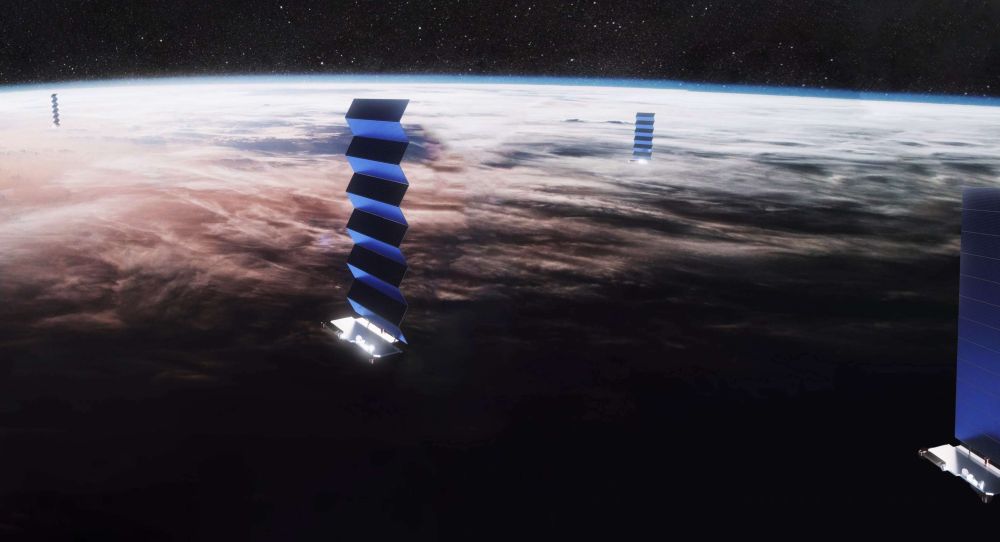The rapid expansion of SpaceX’s Starlink constellation has dramatically reshaped the landscape of low Earth orbit (LEO). As of mid-2024, Starlink accounts for nearly half of all operational satellites, with over 6,200 in orbit. This unprecedented concentration of satellites from a single company has sparked discussions about the implications for both space operations and the broader environment. While Starlink aims to provide global internet coverage, its growing presence raises important questions about the sustainability of our orbital space.

One of the most pressing concerns is the impact on astronomical observations. The bright reflections from satellites can interfere with the ability of astronomers to study celestial bodies, leading to a phenomenon known as “light pollution.” This disruption not only affects professional astronomers but also amateur stargazers and educators who rely on dark skies to inspire curiosity about the universe. As these satellites continue to populate our skies, finding a balance between technological advancement and preserving our ability to observe space becomes increasingly critical.

In addition to light pollution, the risk of collisions in LEO is a growing concern. With more than 11,000 satellites currently orbiting Earth—84% of which are in LEO—the likelihood of accidents increases significantly. A collision could result in the creation of space debris, which poses a threat to both existing satellites and future missions. To mitigate these risks, companies like SpaceX are implementing design modifications aimed at reducing satellite reflectivity and enhancing tracking capabilities, while international organizations are working on guidelines for responsible space use.


